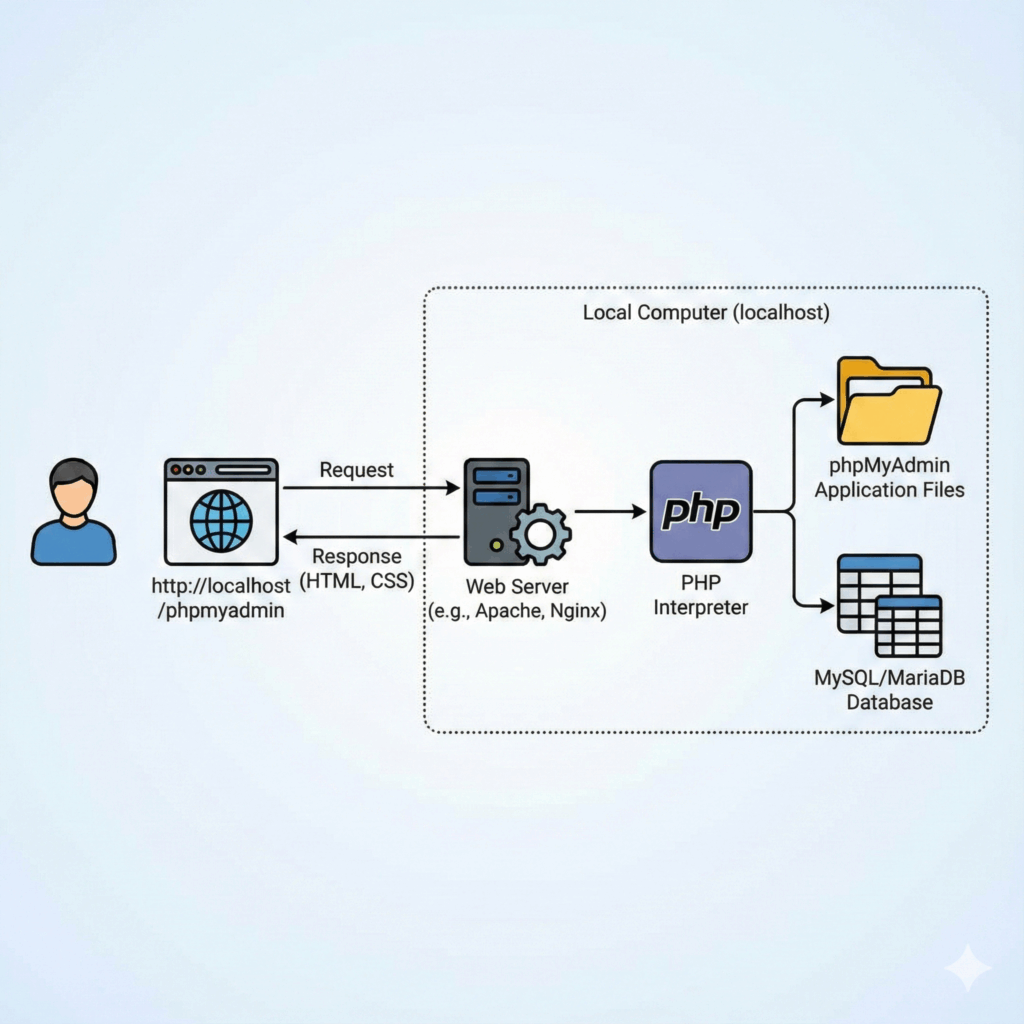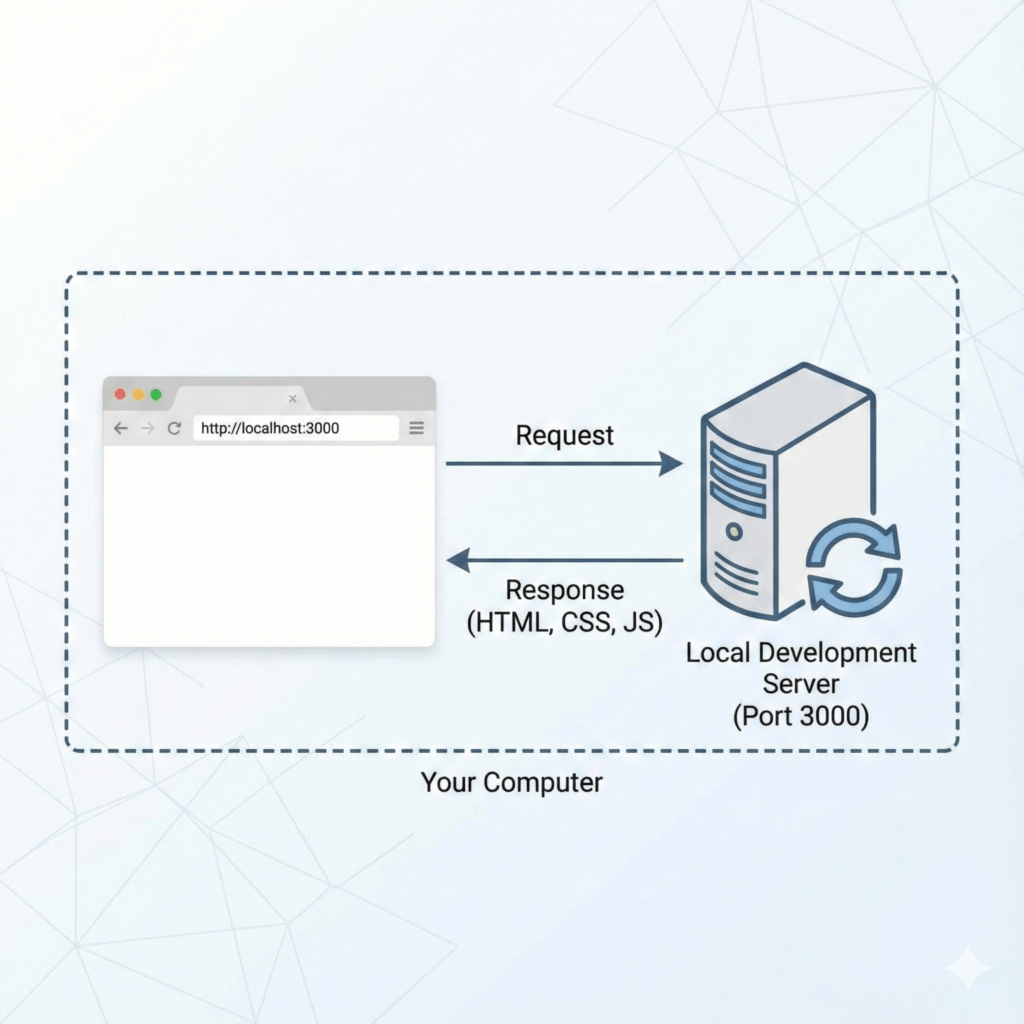Pages files are documents created by Apple’s Pages application, a popular word processing tool among Mac users. These files typically carry the .pages extension, which can lead to compatibility issues when attempting to open them on non-Mac platforms like Windows. Users often encounter difficulties as standard Windows applications do not support this unique file format.
This article will explore how to open a Pages file on Windows efficiently. You will learn various methods to access and edit Pages documents, including:
- Using iCloud for online editing
- Converting the file with online converters
- Renaming and unzipping the file
- Utilizing third-party applications
- Communicating with the sender for alternative formats
Step-by-step instructions for each method will guide you through the process, ensuring you can work with your Pages document seamlessly.
Understanding Pages Files
A .pages file is a word processing document created by Apple’s Pages application, part of the iWork suite. This format is specifically designed for Mac and iOS systems, which can lead to compatibility challenges on non-Mac platforms.
Key Differences from Other Document Formats
Here are some key differences between .pages files and other document formats:
- Proprietary Nature: Unlike widely-used formats such as DOCX or PDF, .pages files are proprietary to Apple. This means they may not be easily opened or edited on Windows or Linux operating systems.
- Rich Features: .pages files are optimized for use with Apple’s design features such as templates, styles, and graphics that enhance document appearance.
Features of the Apple Pages Application
The popularity of the Apple Pages application among Mac users can be attributed to several features:
- User-Friendly Interface: Intuitive design allows users to create documents quickly without a steep learning curve.
- Collaboration Tools: Real-time collaboration capabilities enable multiple users to work on a document simultaneously.
- Integration with iCloud: Seamless syncing across devices ensures access to documents anywhere, anytime.
- Templates and Design Options: A wide array of templates and customizable styles cater to various professional and personal needs.
Understanding these aspects will help you navigate the challenges presented by .pages files when using non-Mac systems.
1. Using iCloud to Open a Pages File
You can easily open a Pages file using iCloud, which allows you to upload and edit documents online. Follow these steps to access your Pages file through iCloud:
- Create an Apple ID: If you don’t have one, sign up for a free Apple ID at Apple’s website.
- Access iCloud.com: Open your web browser and navigate to iCloud.com. Log in with your Apple ID credentials.
- Open Pages App: Once logged in, click on the Pages icon. This will take you to the online Pages application.
- Upload Your Pages File:
- Click on the gear icon in the upper right corner.
- Select Upload Document from the dropdown menu.
- Locate your .pages file on your computer and click Open.
- Edit Online: After uploading, your document will appear in the Pages app. You can now view and make edits directly in your browser.
- Download Your Edited File: After editing, if you need a different format, click on the wrench icon and choose Download a Copy, selecting DOCX or PDF format.
Utilizing iCloud’s online capabilities provides a seamless way to open and edit your Pages files without requiring a Mac.
2. Converting the File with Online File Converters
If you need to open a .pages file but do not have access to Apple Pages, converting it to a more widely recognized format is a practical solution. Online file converters can efficiently transform your .pages documents into formats such as DOCX or PDF, making them accessible on Windows and other platforms.
Popular Conversion Tools
Here are two reliable online conversion tools:
- CloudConvertAllows you to upload your .pages file directly from your computer or cloud storage.
- Supports multiple formats for output, including DOCX and PDF.
- Simple interface guides you through the upload and conversion process.
- ZamzarOffers a straightforward method to convert .pages files without needing to create an account.
- Supports email delivery of converted files if you prefer not to download immediately.
- Handles various file types beyond just document conversions.
How to Use Online Converters
- Navigate to the converter’s website: Open either CloudConvert or Zamzar in your web browser.
- Upload your .pages file: Use the designated upload button to select your file from your device.
- Choose the output format: Select DOCX or PDF as the desired format for conversion.
- Start the conversion: Click on the convert button and wait for the process to complete.
- Download the converted file: Once finished, download your new document to access and edit it using compatible software.
Using these online tools simplifies the process of converting .pages files, allowing you seamless access to your documents across different platforms.
3. Renaming and Unzipping Method: Accessing Contents of a .pages File
If you need to access the contents of a .pages file without converting it, renaming and unzipping the file can be an effective method. This approach allows you to view images and text within the document.
Steps to Rename and Unzip a .pages File
- Locate the .pages File: Find the Pages file on your computer.
- Rename the File:
- Right-click on the
.pagesfile. - Choose “Rename” from the context menu.
- Change the extension from
.pagesto.zip. For example, if your file is nameddocument.pages, rename it todocument.zip.
- Unzip the File:
- Right-click on the newly renamed
.zipfile. - Select “Extract All” or use a file extraction tool like WinRAR or 7-Zip.
- Follow the prompts to extract the contents.
- Access Contents:
- Open the extracted folder. You will find various files including:
- A
preview.pngorpreview.jpg(the document’s cover image) - A
document.xmlfile containing text content - Additional folders for images used in the document
This method provides a way to view elements of a Pages document without needing specialized software. Keep in mind that while you can access content this way, editing requires other methods, such as conversion or using iCloud.
4. Using Third-party Applications to Open or Convert .pages Files
If you need to open Pages files on Windows, several third-party applications can assist in this process. These tools offer effective ways to view or convert .pages files into more accessible formats.
Recommended Applications
- Google Drive
- Upload the .pages file to your Google Drive.
- Right-click on the file and select “Open with,” then choose “CloudConvert” or another compatible converter.
- Follow the prompts to convert the file into DOCX or PDF format.
- LibreOffice
- Download and install LibreOffice, a free office suite that supports various document formats.
- Open LibreOffice Writer and use “File” > “Open” to select your .pages file.
- If LibreOffice cannot directly open the file, use the conversion method outlined above.
- Microsoft Word (with a conversion tool)
- Use an online converter like Zamzar or CloudConvert first to change your .pages file into DOCX format.
- Once converted, open Microsoft Word and load the DOCX file for editing or viewing.
- File Viewer Plus
- Download File Viewer Plus, a versatile application that can open multiple file types.
- Launch the program and select your .pages file; it automatically extracts readable content.
- WPS Office
- Install WPS Office, which offers compatibility with various formats including Pages files.
- Open WPS Writer and navigate to “File” > “Open” to upload your .pages document.
Using these applications provides you with flexible options for opening and converting Pages files on Windows. Each has unique features that cater to different user needs, ensuring you can access your documents effectively.
5. Requesting a Different Format from the Sender for Compatibility Issues
When you come across a Pages file that you can’t open directly on Windows, it’s important to communicate with the sender. Here are some things to keep in mind:
1. Identify Compatibility Issues
Let the sender know that you’re unable to open the .pages file. Explain that this specific format is mainly used within the Apple ecosystem and may not work with other operating systems.
2. Suggest Alternative Formats for Sharing
Recommend commonly accepted document formats such as:
- DOCX: Widely used in Microsoft Word, making it accessible on various platforms.
- PDF: Ideal for preserving formatting, ensuring that content appears consistent across different devices.
3. Request Document Format Change
Politely ask the sender to save the document in one of these alternative formats. A simple request can often lead to a quick resolution, allowing you to access and work with the content without additional steps.
Being open about format compatibility can greatly improve your workflow. By suggesting alternatives, you make collaboration easier and ensure that important documents are accessible regardless of the software being used.
Troubleshooting Common Issues When Opening .pages Files on Windows
Opening a .pages file on Windows can lead to various challenges. Being aware of common error messages and their solutions can streamline the process. Here are some frequent issues along with troubleshooting tips:
1. Error Message: “File Format Not Supported”
This indicates that your system lacks the necessary software to open .pages files. Use methods like iCloud or an online converter to access the content.
2. Error Message: “Corrupted File”
A corrupted file may not open at all. Attempt to obtain a fresh copy from the sender or check if other methods (like converting) can salvage the content.
3. Error Message: “No Application Available”
This means you need to download a compatible application or use an online conversion tool. Services like CloudConvert or Zamzar can convert .pages files to formats like DOCX or PDF.
4. Error Message: “Access Denied”
If you encounter permission issues, ensure that the file is not password-protected. If it is, contact the sender for access or a different format.
By identifying these common error messages and understanding their meanings, you can resolve issues quickly and gain access to your Pages documents on Windows without unnecessary hassle.
Conclusion
Opening a Pages file on Windows presents several options tailored to your preferences and requirements. Here’s a summary of methods to open .pages files:
- iCloud: Upload your file to iCloud.com for easy viewing and editing.
- Online File Converters: Use tools like CloudConvert or Zamzar for format conversion.
- Renaming and Unzipping: Access the contents by changing the file extension from .pages to .zip.
- Third-party Applications: Explore software like Google Drive for added convenience.
- Request Different Format: Communicate with the sender for more compatible formats, such as DOCX or PDF.
The importance of accessibility cannot be overstated. These methods empower you to choose how to open a Pages file based on your needs, ensuring smooth document management regardless of the platform. Embrace these solutions to enhance your productivity and ease of access.





